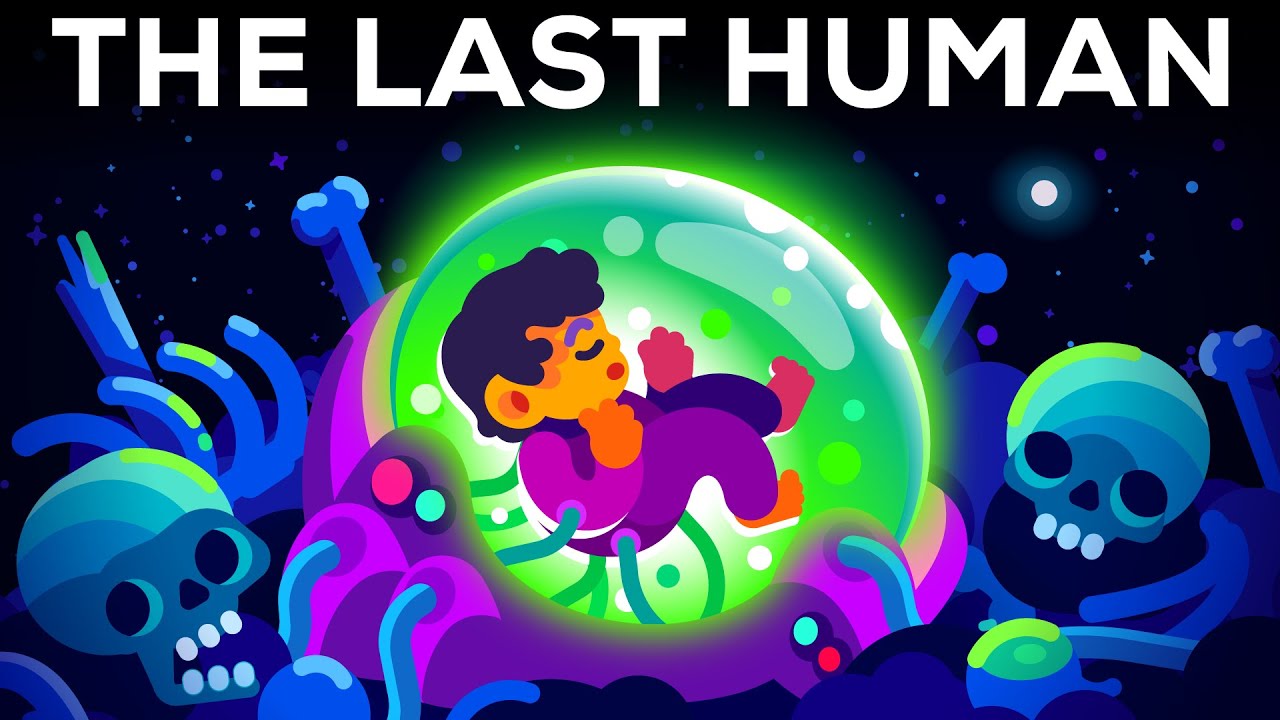The typical lifespan of mammal species is around one million years, with some long-lived species lasting up to ten million years. Modern humans have been around (depending on how you define “modern”) around 200,000 years, so if the human population remains confined to Earth and reaches stability on the order of 10 billion and the lifespan of our species is typical, far more humans will live in the future than have lived on Earth in the past. If our species expands outward to other planets, artificial habitats in the solar system, and to other stars, the human (and post-human, since evolution doesn’t stop) population in the future will dwarf the number of humans who have lived so far.
But this raises a Copernican problem. If these optimistic futures are to occur, then the typical observer should live in a time when the population in the past is much larger. Or, in other words, we are anomalously very early in the projected lifespan of the human species. This raises the issue of the Doomsday argument, which, assuming only that we are typical observers of the human species, allowed Richard Gott to calculate in 1993 [PDF] that within a 95% confidence interval humans will go extinct between 5100 and 7.8 million years in the future.
Or, perhaps, when we develop Artificial General Intelligence, it will be a matter of, as Eliezer Yudkowsky said, “The AI does not hate you, nor does it love you, but you are made out of atoms which it can use for something else.” And that will be that. But at least there will be no shortage of paperclips.
